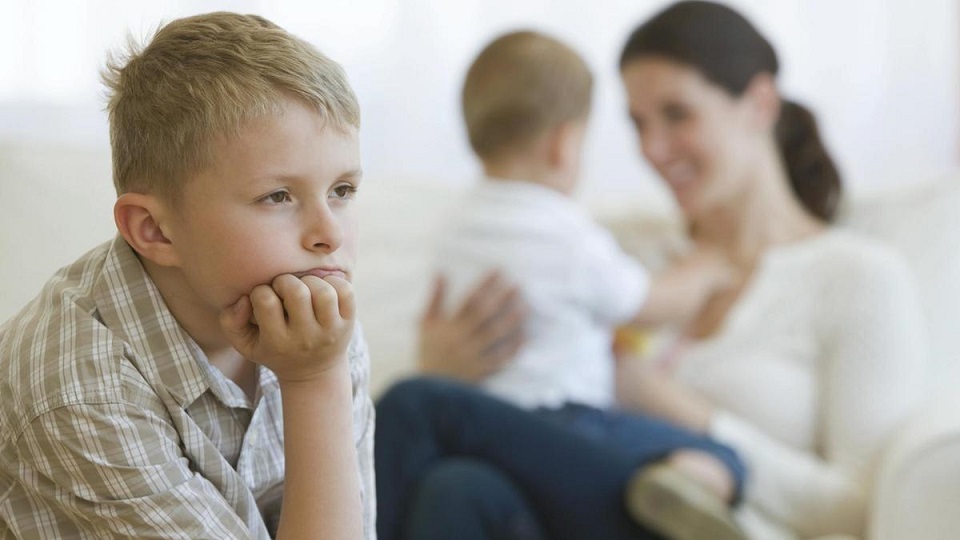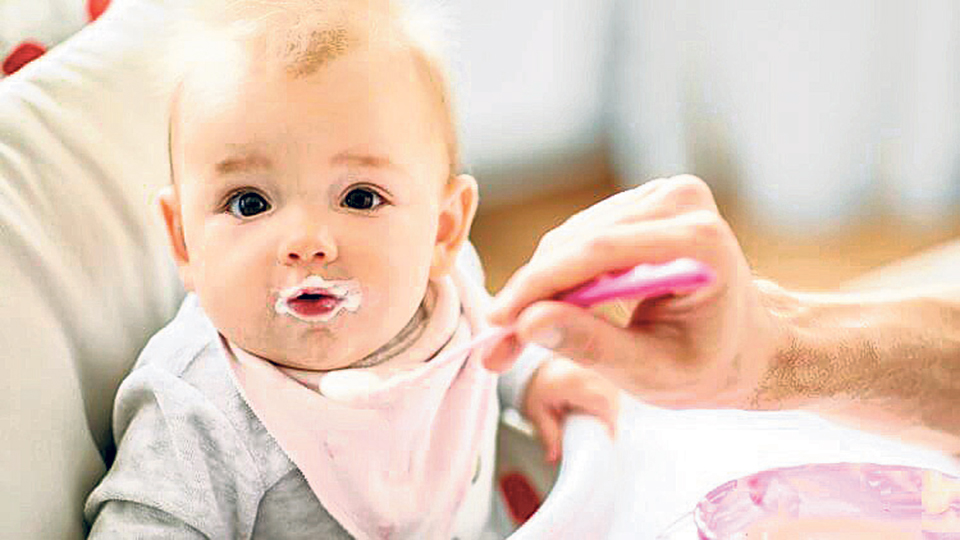January 30, 2021

With understanding and some coping strategies, your children will overcome separation anxiety as they get older. There is nothing to panic about it.
Now that the schools are open after a long time, children are going to schools. Parents are happy that their children will finally attend school, but children have mixed feelings. Some children are happy to return to school because they spent a long time with the family, while others are unhappy to leave the home atmosphere and will miss their parents and their family members.
At the same time, the little ones are feeling separation anxiety, a normal fear, and a feeling of insecurity, one more time.
School time goodbyes in the morning are fast becoming tearful and tantrum filled each day for little children because they had become accustomed to staying at home during the long COVID-19 induced lockdown.
I remember taking my sister to her school for the first time around 50 years ago. I feel like yesterday that she clung to my foot like a lifeline and begged me not to leave her alone in school. At the time, I did not know about these tearful, tantrum-filled goodbyes made up separation anxiety. I define separation anxiety, as children’s common and normal fear of being away from their parents. The resulting behavior after separation from parents is separation protest. This anxiety is a normal part of childhood development. It can be quite unsettling for both the parents and the child. The intensity of separation anxiety depends on the bonding between parents and children and their sense of security.
About two years ago, I spent some time with my three-month-old granddaughter. After a long time, I was taking care of such a small baby. While caring for my granddaughter, I remembered taking care of my son forty-one years ago. I tried to remember my actions to deal with a weepy child. My son liked to hear my heartbeat when sleeping when he was tiny. So, I tried to hold my granddaughter close to my heart when she cried. That soothed her. I think she felt secure enough to fall asleep. I realized she felt secure and slept when she could hear my heartbeat.
How anxiety develops
I think the first separation for babies is birth itself when they have physical separation from their mom. They come into a new place that is bright and noisy. If the parents talked to their baby during pregnancy, then the child gets used to their voice. I feel it is their sense of loss of warmth and security that makes them cry. So, when does separation anxiety set in?
Separation anxiety starts as early as eight months and peaks in babies aged 14-18 months—as soon as babies recognize their parents. Babies panic when they cannot see their parents. They crumple their face and wail. They do not yet understand the concept of time, and they do not know if or when their parents will come back to them. Babies will do everything they can to prevent this separation. I can see a few worried faces. Don’t worry because over time your child will learn that you do return when you leave. You have to understand that your baby does not understand that just yet.
It is a normal response for a securely attached child to protest his/her perceived separation from his/her parents as life-threatening. You have to understand that babies are designed to spend their time with people they are attached to—parents, older siblings, cousins, aunts, uncles, and grandparents. I am aware that most nuclear family parents have no option but to send their little ones to childcare and then to preschool. Now sending them to preschool brings another set of problems, the relapse of an anxiety attack.
Just when you thought your child has developed a little independence, the tantrums and tears come roaring back when the child goes to preschool. Suddenly your child feels insecure in the new school environment and does not know whom to trust. Your child knows that you will come back but still feels unsafe. That is when the relapse occurs. Fortunately, this relapse usually lasts only a short time.
What parents can do
So, how do you go about it? Here are a few things parents can do to make their and their children’s lives easier.
Let your child know it is okay to feel nervous. Give your child a big hug. It is always nice to help understand that his/her feelings are normal and that s/he can handle them. Always make sure your child has a small toy or a stuffed animal s/he loves to take to school. It will help soothe your child’s anxiety a bit. After your child comes home, spend some extra time with him/her.
Experts say the additional one-on-one time makes the child feel confident in the parent’s love and less threatened by the fear of separation. Ask the child to share his/her activities in school. Don’t forget to praise your child’s smallest achievement in school. That will help raise your child’s confidence.
The other thing is you have to be careful about is not to cave into your child’s demand. It is possible for a preschooler experiencing separation anxiety to regress in other ways. Like asking for his/her pacifier back or insisting on sleeping with you or even asking for a bottle. When you’re exhausted, it’s only natural for you to take the path of least resistance and ease up on the rules you have established.
Of course, sometimes, we all are tempted to give in, but remember that is only going to make things difficult for both of you in the long run. Instead, give your child extra hugs and kisses and play with them to distract them. This will help send a message to your child that there is nothing wrong and that s/he will get over with it. Dropping children off to preschool can be tricky.
While dropping off your child, be careful never to sneak out. It will only make his/her separation anxiety worse. Allocate some time to spend in your child’s classroom when you leave them for the first time. For the first few days they will be very attached to you, but gradually, they will start playing with their friends and not bother you at all. Sometimes creating goodbye rituals like five kisses on each cheek or exchanging wacky waves also work wonders, but beware of your body language during goodbye rituals.
That smart baby of yours can detect your anxiety through your facial expressions, movements, and tone of voice. So, try to be calm, confident, and caring. If your child cries, don’t scold, tease or get annoyed. Let him/her know when you’ll return in terms s/he understands (like after nap time or story hour). Try to be on time for pickups. Five minutes of waiting for you feels like forever to a toddler.
Finally, it’s natural for your child to feel anxious when you say goodbye. Although it can be difficult, separation anxiety is a normal stage of development. Separation anxiety occurs because a child feels unsafe. Look at anything that may have thrown your child’s world off balance or made him or her feel threatened. I am sure the teachers will also help your child get over separation anxiety. If you can pinpoint the root cause—or causes—you’ll be one step closer to helping your child through his/her struggles. With understanding and some coping strategies, your child will overcome separation anxiety as s/he gets older. There is nothing to panic about it. Rest assured.








